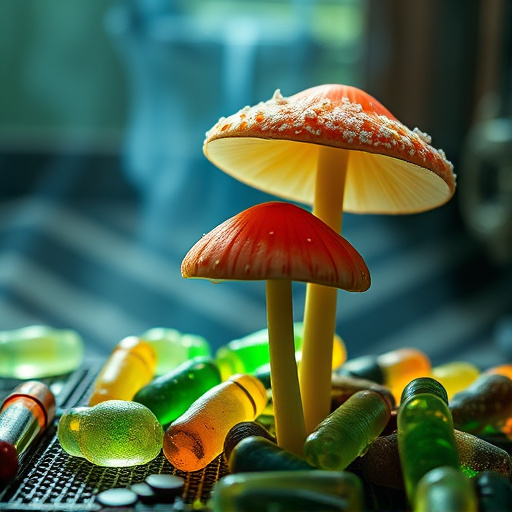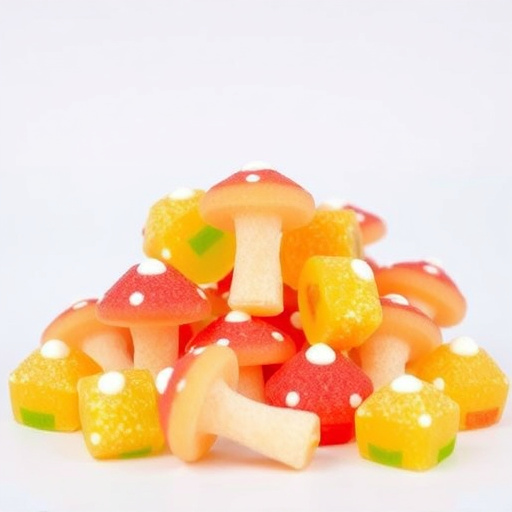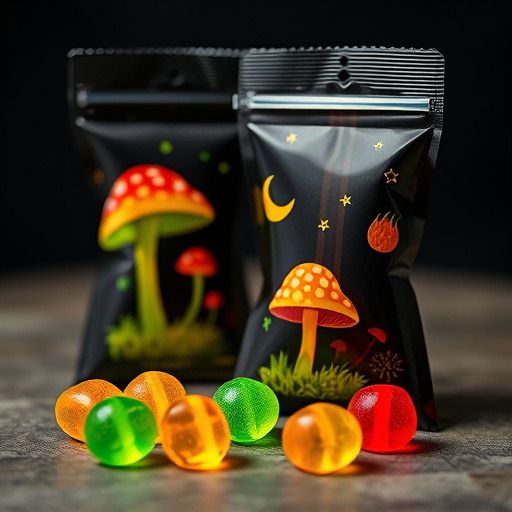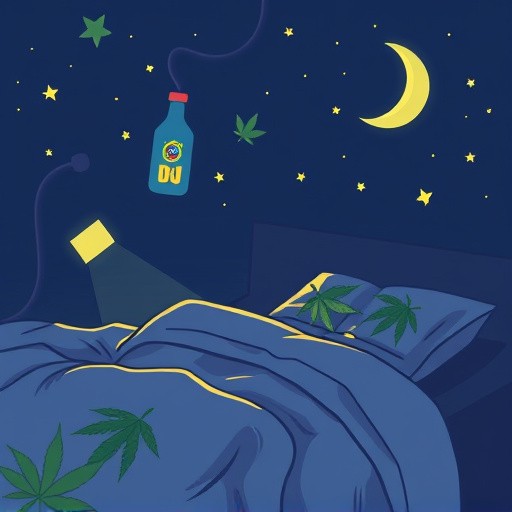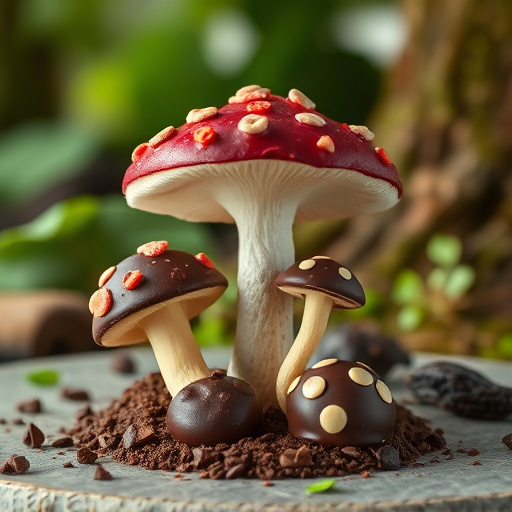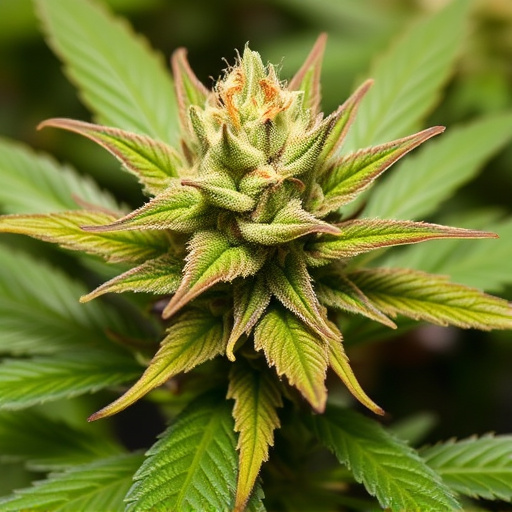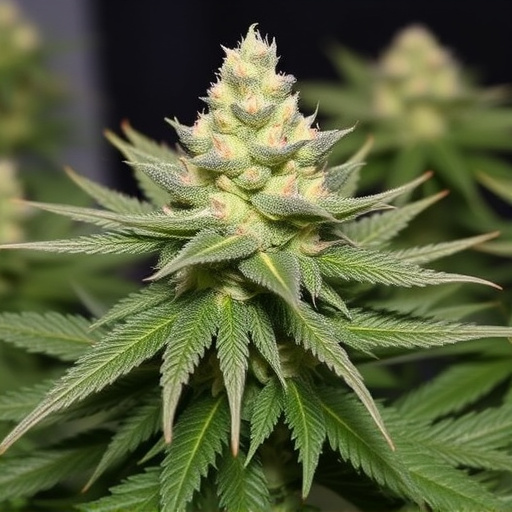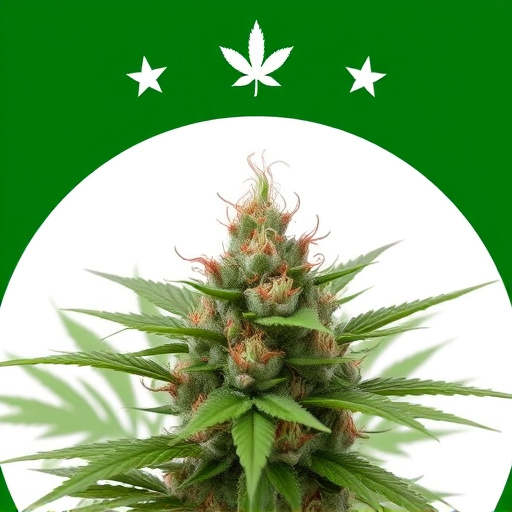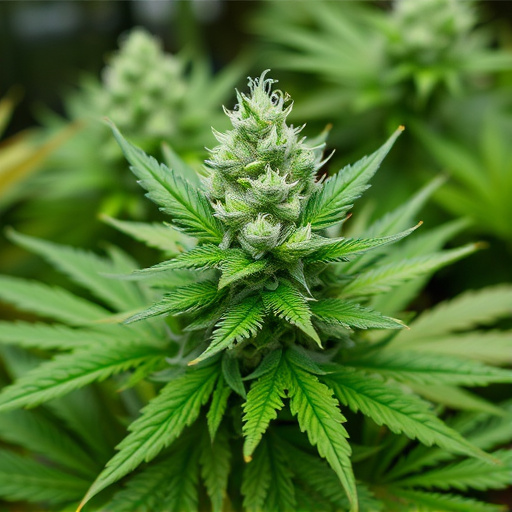Drug tests, primarily urine and hair analysis, detect THC in cannabis users, with persistence up to 90 days in hair. High-THC Cannabis Cup strains pose challenges as they may not impair performance, prompting calls for reevaluated testing. False positives can result from passive exposure, environmental residuals, and recent activities. Understanding these factors is crucial for those facing drug tests, especially for cannabis cup winning strain users.
“Uncover the surprising ways cannabis can show up in drug tests with our comprehensive guide. In an era where cannabis is gaining legal status, understanding how it interacts with screening processes is vital. From the science behind drug tests to the latest research on cannabis metabolism, this article explores the factors influencing positive results. Learn about common testing methods and potential false positives, even from trace amounts of THC found in top-rated Cannabis Cup winning strains. Prepare to navigate the complexities of cannabis detection with informed insight.”
- Understanding Drug Tests and Their Purpose
- The Impact of Cannabis on Drug Screening
- Identifying Cannabis in Your System: Common Methods and False Positives
Understanding Drug Tests and Their Purpose

Drug tests have become an integral part of various sectors, from employment screening to sports competitions. Their primary purpose is to detect the presence of illegal or performance-enhancing substances. These tests typically analyze urine, blood, or hair samples for specific drug metabolites. In the case of cannabis, testing focuses on identifying THC (tetrahydrocannabinol), the primary psychoactive compound responsible for its intoxicating effects.
While cannabis has gained popularity for its medicinal and recreational uses, particularly with the success of certain cannabis cup winning strains, understanding how it can be detected in drug tests is essential. The detection window for THC varies based on factors like frequency of use, metabolism, and test type. Urine tests, the most common, can detect THC for up to 30 days after consumption, while hair folicle analysis can reveal usage history extending up to 90 days or more. This highlights the importance of being aware of potential drug test implications, especially given the growing acceptance of cannabis in many regions.
The Impact of Cannabis on Drug Screening
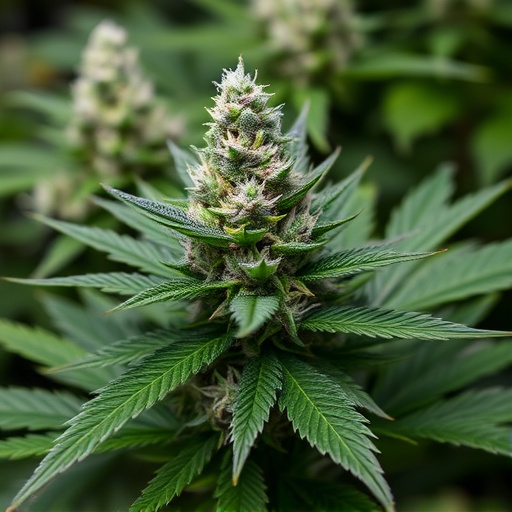
Cannabis, and specifically its various strains, including those that have won prestigious Cannabis Cups, has a significant impact on drug screening processes. When an individual consumes cannabis, whether through smoking, vaping, or edibles, it can remain in their system for extended periods, often showing up in drug tests long after the immediate effects wear off. This is particularly relevant in occupational settings where random drug testing is common, as well as in legal scenarios where individuals face consequences for positive test results.
The presence of cannabis in a drug screening can have various outcomes. For some industries, like transportation or healthcare, where safety is paramount, positive tests may lead to immediate disqualification or suspension. This is due to the potential risks associated with impaired judgment and coordination that can persist even after consumption. However, many advocates argue for reconsideration, suggesting that modern cannabis strains with lower psychoactive components might not impact performance as severely, necessitating a more nuanced approach to testing and interpretation of results.
Identifying Cannabis in Your System: Common Methods and False Positives
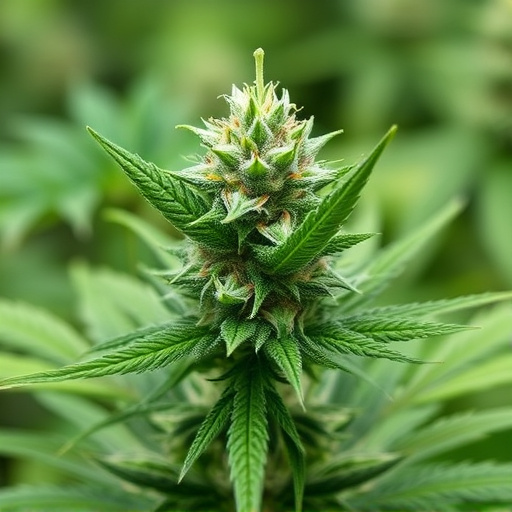
When it comes to identifying cannabis in your system, various methods are employed by drug testing facilities. Common techniques include urinalysis, blood tests, and hair follicle analysis. These methods detect metabolites specific to cannabis use, such as THC (tetrahydrocannabinol) and its breakdown products. However, it’s important to note that certain factors can lead to false positives. For instance, trace amounts of THC can persist in the body for extended periods, even from passive exposure or consumption of cannabis-infused products like food items, particularly those with high THC content found in some cannabis cup winning strains.
Additionally, environmental factors and recent activities can influence test results. For example, handling raw cannabis or living in an area with high ambient cannabis scent could potentially leave residual THC on your skin or clothes, leading to a positive result. Understanding these variables is crucial for those concerned about potential false positives, especially when facing drug tests.
Cannabis, particularly popular among those who appreciate the unique effects of high-quality strains like award-winning cannabis cup winners, can present unexpected challenges in drug testing. While its impacts on cognitive function and health are subjects of ongoing debate, the presence of THC and other cannabinoids in the body is a reality that can lead to false positives in drug screenings. Understanding how cannabis shows up in tests and the methods used for identification is crucial for anyone navigating potential legal or professional consequences. By familiarizing themselves with these processes, individuals can better manage their cannabis use and reduce the likelihood of unexpected test results.
